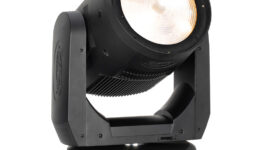FUTURE
23 Jun 2023
AMX AT 40 AND INTO THE FUTURE
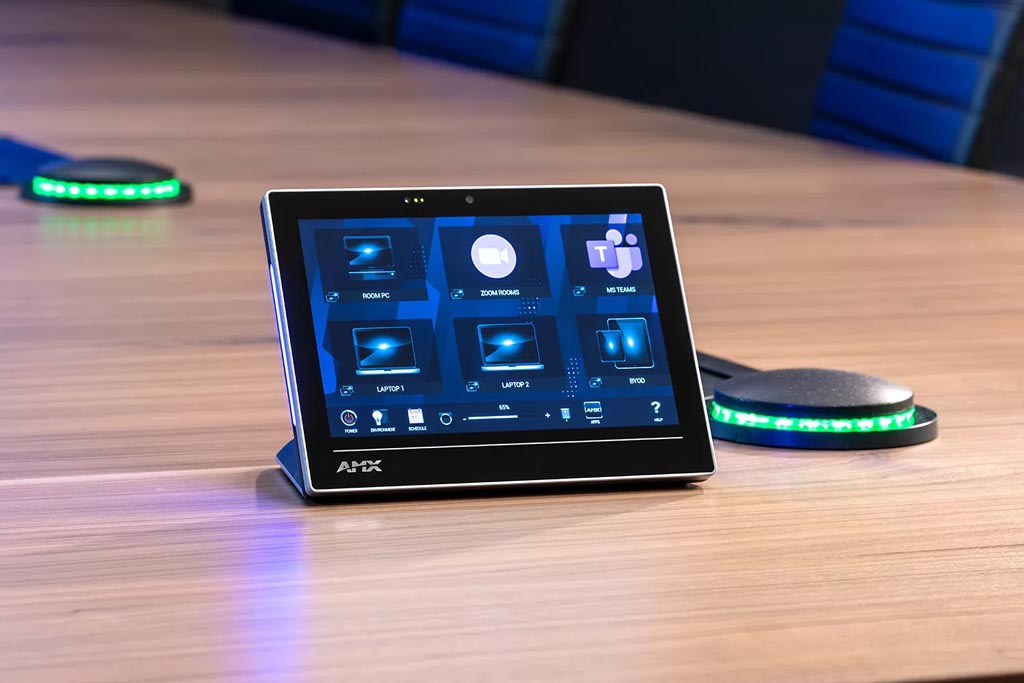
Subscribe to CX E-News
A New Era of Simplified Solutions in Networked AV and Control
AMX has been pioneering automation and video distribution technologies since 1982, when founder Scott Miller, working in his garage, invented the first wireless AV controller.
Today, AMX leads the industry in innovative, scalable IP-based AVC solutions for the corporate, government, education, and hospitality markets, with systems in the boardrooms of Fortune 100 companies, top universities and the control centres of defence departments and intelligence centres around the globe.
As AMX approaches its 40th anniversary, Jamie Trader, HARMAN Professional Division’s Vice President of Global Product Line Management for Video & Control, shares insights on ways the company’s mission has evolved, and remained constant, with every generation of technology.

AMX has achieved a lot of “firsts” in the past 40 years: first wireless AV controller, first to digital, first to standards-based programming adoption, first to JITC- certification, first to 4K, first to pure IP video window processing, and so much more. Which achievements stand out most?
All of these were really incredible. But the one that stands out the most is the simplest one: the very first product. It was the MX20 Wireless AV Controller. This was a product that came from Scott watching the interaction between teachers and students, witnessing the teacher being constrained by technology, and thinking: if I could remove the cable that’s tethering teacher to tech, I could improve the human interaction in that classroom. I could improve learning.
The AMX MX20 Wireless AV Controller was the company’s very first product. Founder Scott Miller came up with the idea to ease the technology constraints of teachers. His garage door (and its wireless opener) would become the inspiration for solving that human interaction problem. And his garage itself would become the place he’d build and sell those first prototypes.
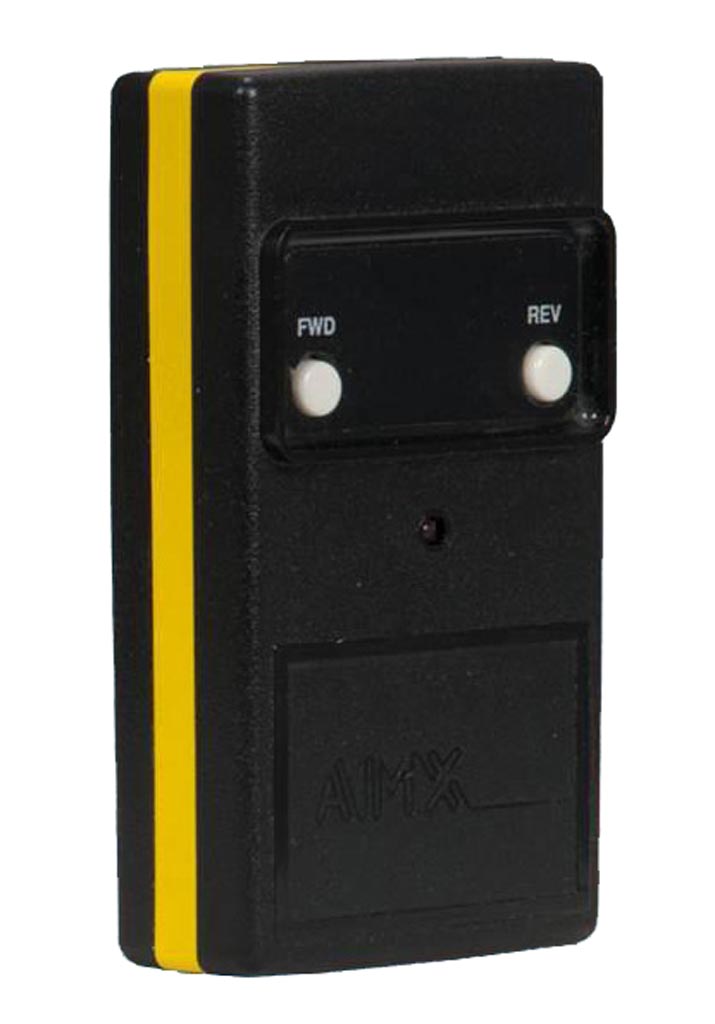
That “first” stands out because it set the DNA, or the blueprint, for our business and our brand. It’s a business case study in creating value through a combination of observing human behaviour and finding creative approaches to improving, or simplifying, how people interact with technology and with each other.
Our roadmap is not designed as a specification stair step or a massaging of features. It’s a manifestation of observations, creativity, and a strong desire to help people get technology out of their way. Help people interact, learn, create, produce.
The company’s mission has always been to simplify the way people interact with technology. How has that goal evolved with new technologies and workflows?
The business of simplifying human interaction with technology hasn’t really changed, not because technology hasn’t, but because people haven’t. People want the same things today that they wanted 40 years ago. They want to get their job done. They want to be able to go into a room, interact with other human beings, share and express ideas, solve problems.
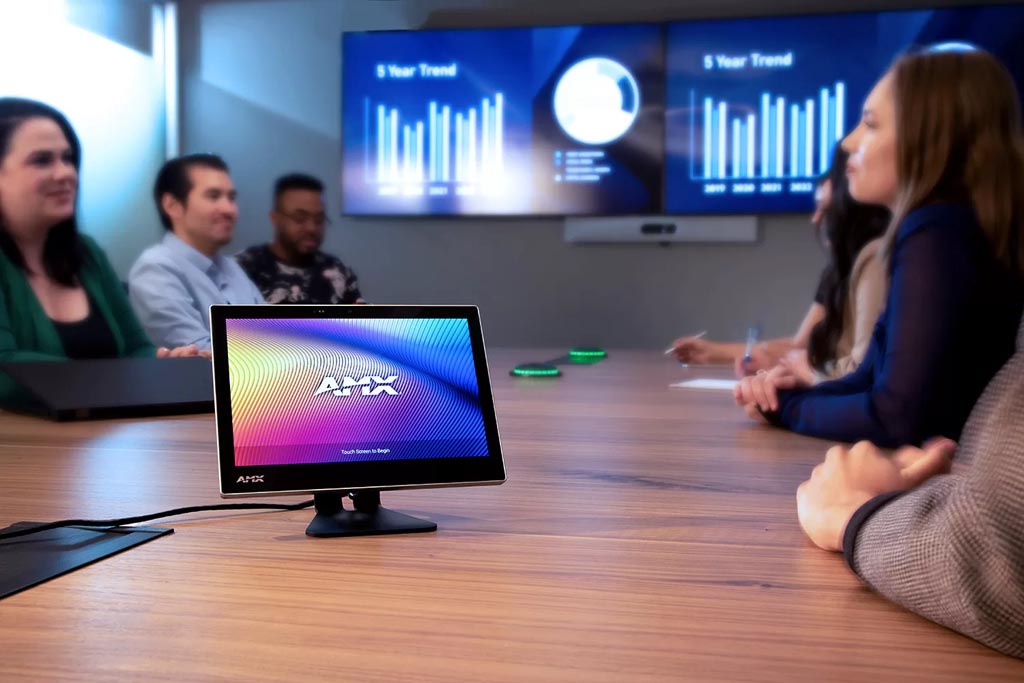
They want to have meaningful experiences, and sometimes technology can get in the way. And sometimes the physical environment can get in the way. So, the business of automation has not changed. You’re still trying to synthesise human behaviour with digital information and the physical environment surrounding you.
What has changed is the complexity and breadth of technologies. It used to be the technology that you were bringing into a space was not necessarily very complex. It had limited functions and offered limited ways to interact with it or automate it.
For over 40 years, AMX products and solutions have been designed to do one thing; to harness technology and simplify life for the user. Explore the milestones along the way.
Today, software-based codecs, calendaring systems, voice engines, network infrastructure…all of these things provide a massive amount of capability and very rich APIs. Everyone promotes simplicity and flexibility because of the availability of these APIs. But what this really does is put a burden on systems integrators and technical end users to sift through more documentation, write heavier code, process more data, test more automations.
So while the business, or the goals, of simplification haven’t changed, the focus on which friction to eliminate has.
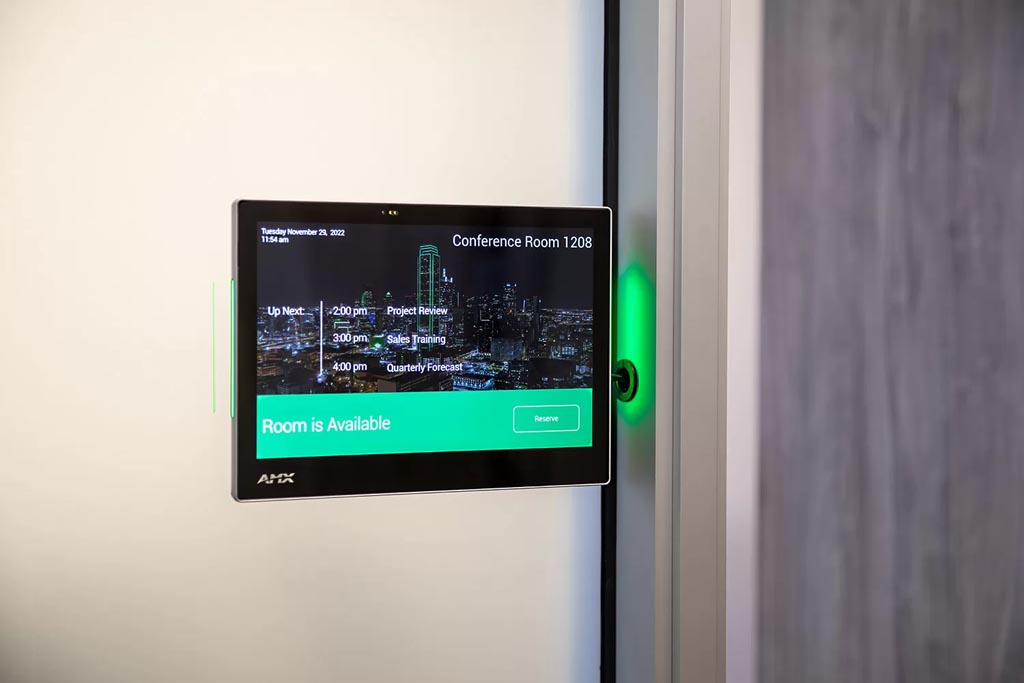
What are the most pressing AV technology challenges facing systems integrators today, and can you give me examples of ways AMX is solving them?
Systems Integrators (SIs) and technical AVIT managers are in the business of solving problems. They are people who curate exceptional experiences for their customers by meaningfully pulling together disparate things in a way that helps people do and experience more. It’s a great thing that they’re problem solvers, because there are two big ones that everyone is facing today:
First, the primary challenge they’re facing is supply. Predictability in supply. SIs are in the business of predictability. Profitability depends on it. It’s a business of making sure you can specify and work with equipment that not only works well, but is available when it’s needed. HARMAN has put a tremendous amount of focus in supply over the past couple years. We’re working more strategically with all advanced sourcing teams, implementing material planning processes on a wider time horizon, and of course working more synergistically with Samsung and partner- sourcing teams.
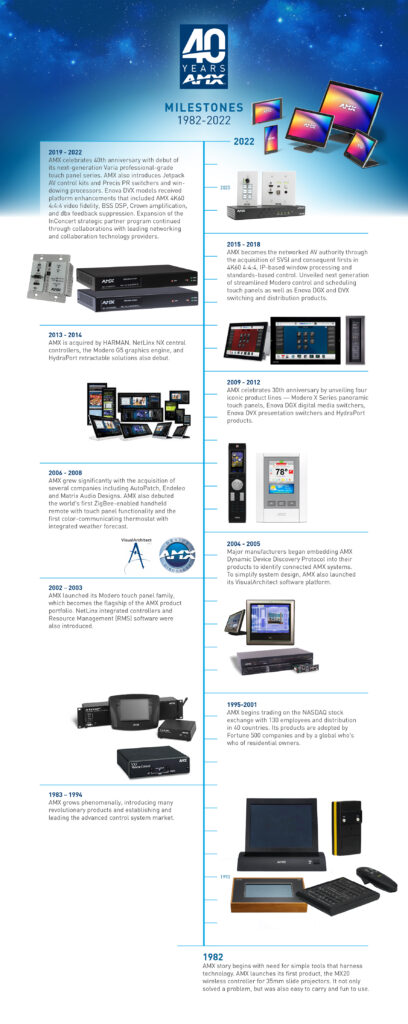
But most importantly, we continue to bend our roadmap toward a reduction in overall components. Find ways to do more with less. In one respect, our roadmap looks at requiring customers to buy less. In the other respect, where purpose-built appliances continue to be desired (if not required), it’s about looking at components differently. Choosing components of higher availability and regional diversity being key. Again, getting more from less. Not only is this important for our customers’ bottom line, it’s important for the sustainability of our planet.
Second, the need for every space to facilitate hybrid communications is, while a commercially fantastic opportunity, a significant challenge everyone faces. There’s the obvious part about how software-based communication capabilities running on standard operating systems can often have less-than-predictable behaviours. This, of course, can create friction and foster frustration. But there’s the less-than-obvious part about the swinging pendulum in consumer attitude toward those applications.
SIs are constantly confronted with enterprise IT departments standardising on one UC platform only to have users work outside those adopted standards. What may be a prevailing preference for Teams or Cisco or Zoom today might be a completely different solution tomorrow. Further, large companies often have fractured adoption, whereby some departments are leveraging the institution’s tools and other departments are not. Of course, there’s also the consumer attitude towards how they access these communications. Do you use capabilities from a dedicated “rooms” appliance, or host and control the communications directly from your personal laptop or mobile device?

Combined with the mass proliferation of USB peripherals in this space (and the way operating systems interact with USB devices), the challenges to SI increase. The challenge is how to produce a predictable experience in a way that lets users do what they prefer, what’s natural to them, versus forcing them into a communications experience that distracts them from what they’re communicating in the first place.
Many manufacturers are hitting this space with additional peripherals: more cameras, more mics, etc. Some are productising the software capabilities into dedicated compute devices. There are a lot of good companies doing good things. That said, with this flood of consumer- available peripherals and dedicated compute devices, people are asking more now than ever for help in improving how all this stuff works together. People are asking for adaptability, how to accommodate various UC apps (and the consumer attitude towards them), different compute devices, ever-expanding peripherals, different behaviours, and so on.
So this is where AMX is observing our customers and our consumers alike. Looking at the current tethers that tie people to their tech. And shaping our efforts around freeing people from those constraints. Liberating people from proprietary tools and forced work streams.
The future of digital and networked AV is less about feature packing and more about the value of transported video in a media ecosystem. In that context, how will we see AMX products continue to offer advantages at the enterprise level?
We’re continuing to support, but also expand on, what can be done with video that’s moving around on a network.
For most manufacturers, AV over IP is simply about helping get a signal from point A to point B. It’s a transport technology. But the reason that AMX’s SVSI product portfolio is so widely adopted is because it’s just that: a complete portfolio. It’s more than transport. It’s window processing, recording, time-shifted playback, standards-based non-proprietary control, and in some respects, it’s even basic digital signage. Not only have the encoders and decoders always offered the highest fidelity, low latency, beautiful video…it’s offered users the most robust experience with that video on their network. And it’s done it securely with unparalleled reliability.
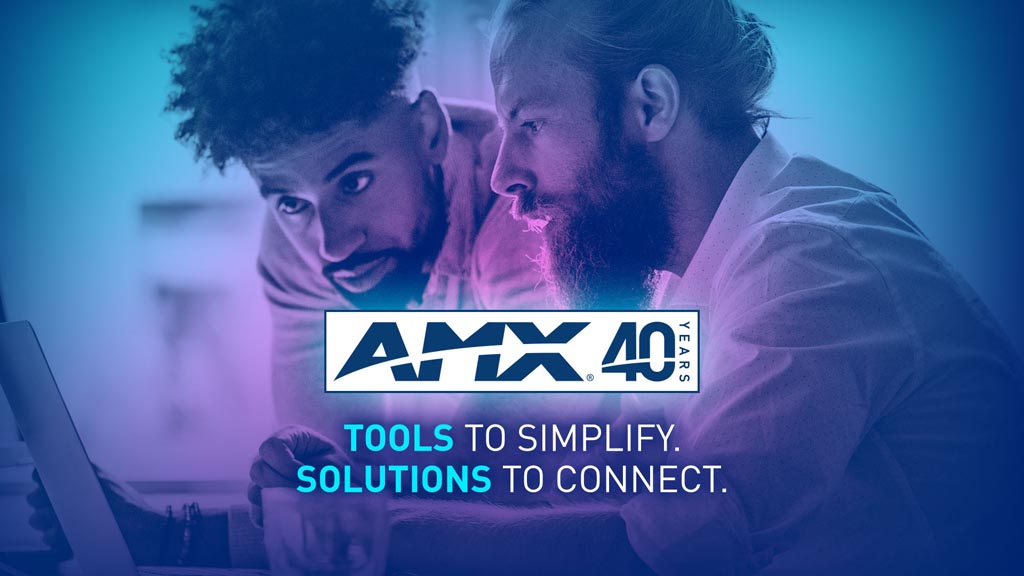
For over 40 years AMX products and solutions have been empowering people to be their best. The driving force behind that mission has always been the culture and creativity instilled in the people that have designed, engineered, built, marketed, sold and everything else that was required to deliver AMX innovations to its end users. Thanks to everyone that has contributed in some way to the AMX story.
So the video roadmap is more about what more can be done with video once it’s on a network. It’s about expanding flexibility. Participating in a larger ecosystem of networked endpoints; hardware and software. Because that’s really what consumers are investing in; the ability to do more with fewer barriers.
This anniversary marks the beginning of a new era of AMX products and platforms aimed at offering more flexible, scalable solutions across every category. Can you share a glimpse of what’s coming down the line?
With each AMX launch, no matter which era of control or which video transport platform you’re talking about, we’ve always pushed the edge of standards adoption. So you can imagine that a big part of our next launches are going to be about modern standards, but not for academic sake.
From a control perspective, we’re looking at which standard tools have not been brought into the AVIT space yet that should be. Tools that reduce the need for proprietary education or certification. Tools that enhance SIs’ efficiency, profitability, and ability to dynamically support their customers. It’s also about helping them, and our consumer, tap into a much broader and diverse talent pool of skillset and imagination.
We’re also looking at helping SIs better scale their business by tapping into the diversity of their teams. As global SIs serve global consumers, having platforms that support talent diversity is absolutely critical. But also, platforms must be interoperable among legacy, current, and future platforms…as well as in blended manufacturer environments.
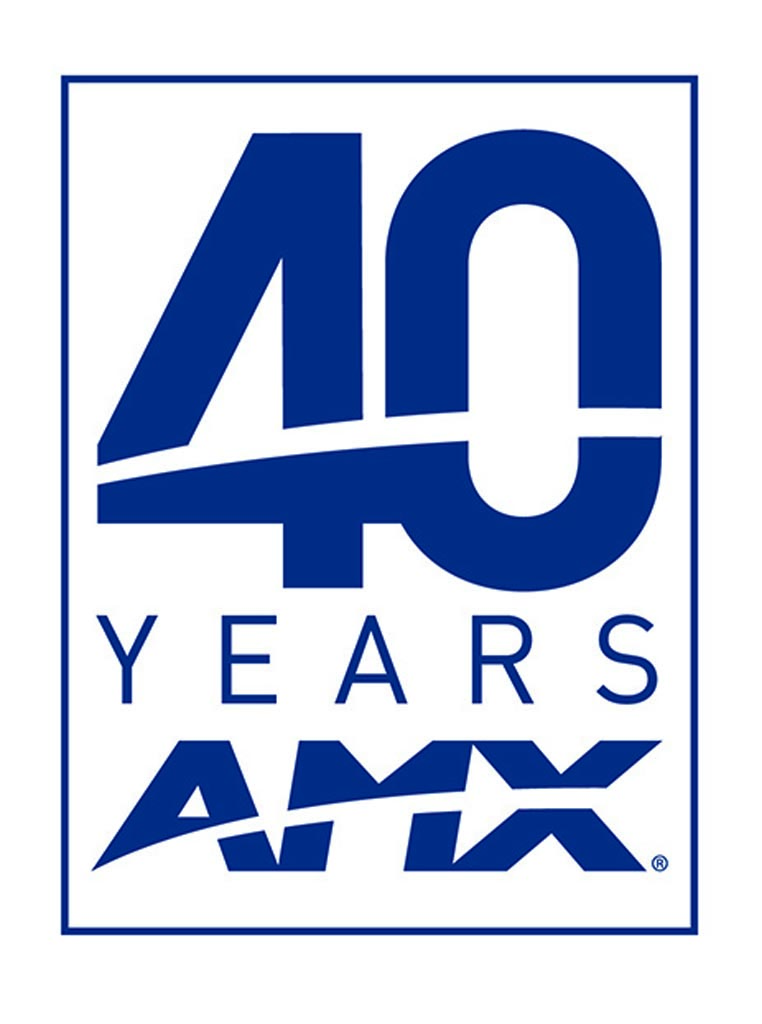
Subscribe
Published monthly since 1991, our famous AV industry magazine is free for download or pay for print. Subscribers also receive CX News, our free weekly email with the latest industry news and jobs.

